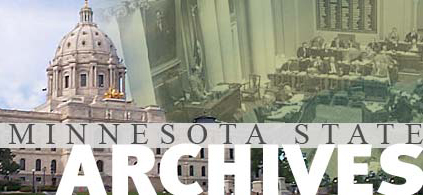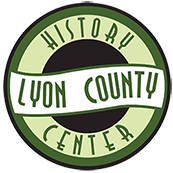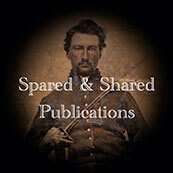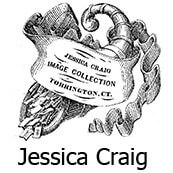Civil War Records Search
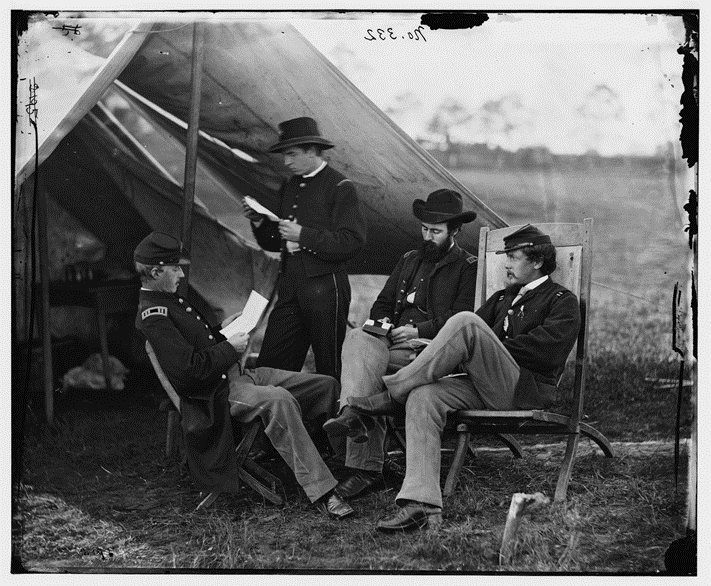
The American Civil War engulfed the entire country, requiring massive mobilizations of soldiers and civilians and consequently created millions of paper records, many of which are still preserved today. These records contain a wealth of information about the battles that were fought, the supplies and weapons that were used, and the stories of the lives of the soldiers who served. Reading and understanding these records brings you a greater appreciation of how the Civil War was fought and the sacrifices that were made. Today, digitization and online databases have lowered many of the gates that blocked researched in previous decades.
Types of Civil War Records
There are many types of Civil War records, ranging from enlistment records and muster rolls, morning reports, ordnance returns, records of food and equipment used in field, order books, clothing ledgers, pension records, and regimental histories. Each of them provide unique insights into the war and the lives of the Union and Confederate soldiers who fought. Below is an overview of the most useful types for most research.

Enlistment Records, Muster Rolls,
and Descriptive Lists
Enlistment records and muster rolls are probably the Civil War records most familiar to genealogists and anyone researching an ancestor who served in the Civil War. Muster rolls contain the name of every soldier in a regiment as well as information about where and when they enlisted. Descriptive Lists contain a record of the soldier’s height, eye color, hair color, and complexion.

Regimental Histories
Regimental histories were usually written in the decades that followed the war, often by Confederate or Union soldiers that had served in a particular regiment. They are an invaluable resource for accounts of the battles and hardships a regiment faced and often contain many firsthand accounts of what life in the regiment was like. Most regimental histories also include an index with the complete roster of soldiers that served in the regiment, duplicating most, if not all, information recorded on muster rolls.

Morning Reports
Morning reports were daily reports of the soldiers present and absent (whether through sickness, detached duty, leave, or desertion) in a regiment. These official records usually include remarks specifying which soldiers were put on special duty and what kind of duty. After a battle or skirmish, the reports also detail who was killed, along with who was wounded and how.
Morning Reports were made both for regiments, where they were broken down by companies, as well as for hospitals. They are a great resource for seeing the troop strength of a company or regiment on any given day, as well as for getting details about where specific individuals were assigned.

Clothing Ledgers
Clothing Ledgers record the clothing issued to each soldier, the date it was issued, and the cost for each article of clothing. For genealogists researching specific individuals, this can be a very humanizing resource to look at because every man needed different types of clothing in different amounts. More broadly, the information in clothing ledgers gives historians a fuller picture of the material conditions of soldiers during the war, and how often they could get resupplied with the articles they needed.

Weapons and Ordnance Returns
The complete ordnance returns for the Union army have been preserved on microfilm by the National Archives and can be accessed digitally at the Research Arsenal. These records record all of the weapons, including artillery, caissons, carriages, and small arms such as rifles, carbines, pistols, and sabers. Even the exact make and model of the weapons is detailed, making it a very useful resource for understanding what a given regiment carried into battle.

Order Books
Every regiment, both Union and Confederate, kept records of all orders issued and received by them, collected and copied into bound regimental order books. Some of these books are now in state archives, others are in the hands of private collectors. General and special orders are an amazing primary source for studying exactly what regiments were ordered to do at a given time. These often contain summaries of court martial proceedings as well, which give a fascinating look at military justice in that period.

Letter Books
Along with order books, regiments also maintained books of both the letters they received along with the letters they sent out. These records of official correspondence can include everything from monthly and quarterly reports being sent to headquarters, to battle reports, to requests for information or other requisitions. These letters reveal the more personal and human interactions that occurred between officers.

Miscellaneous Forms and Requisitions
Along with the records listed above, there are a variety of other forms and documents related to Civil War that survive into the present day. Many of them are related to logistical aspects of the war like rations, feed for horses, and the supply of various camp and garrison equipage. All materials used in the war had to be carefully accounted for by the officers who could find themselves liable for the cost of any goods that disappeared without being accounted for.

Pension Records and Service Records
Civil War pension records contain a variety of resources that can be very helpful in researching specific Civil War soldiers. Pension Records list the soldiers name and the regiment he served in and list the dependent to whom the pension should be paid. Some pension records may contain copies of personal letters that families submitted to prove their relationship to the soldier.

Personal Letters and Diaries
Though not official documents, letters and diaries are an amazing reference for researchers and historians looking for a personal description of the Civil War and the concerns of the soldiers and families it affected. Soldiers writing home often included details of the battles they fought as well as details of the day to day life in camp. They’re one of the best sources for understanding how it actually felt to be a soldier in the Civil War.
How to Conduct a Civil War Records Search
The right way to conduct a Civil War records search depends greatly on what kind of question you’re researching. If you are focused on researching a specific soldier in your civil war records search, you’ll want to start by finding his regiment and company. The best database to start with is the National Park Service’s Soldiers and Sailor’s Database which states the names of all the soldiers in the Union and Confederate armies. From this database you can learn the regiment and company in which your ancestor served. Adding more information to your search usually helps, so if you know your ancestor’s name was John Blake and that he likely served in a Virginia regiment, searching “John Blake Virginia” is usually enough to get you started.
If you already know an individual’s regiment and want to know more about that regiment’s exploits during the war, finding a regimental history would be the best resource for you. Because most regimental histories were published well over one hundred years ago, they’re now in the public domain and scans of many of them can be found on archive.org or sometimes Google Books.
Regimental histories can be a valuable resource for historians and people more broadly interested in the Civil War as well and serve as a good starting point for most types of research. However, when you want to dive more deeply into history, consulting primary documents is the best way.
Searching Civil War records can be difficult as many are only available on microfilm or by traveling to state archives across the country. Thankfully, there are growing amounts of Civil War records online, the largest and most useful databases being the NPS database, Fold3, and the Research Arsenal.
Challenges in Civil War Records Research
There are many challenges that can arise when searching Civil War records. The biggest challenge is ensuring that the records survived into the present day without being lost, destroyed by fires, or otherwise misplaced. Confederate military records in particular can be difficult to find as many were purposely destroyed. Provided that the records still exist, the next challenge is locating a way to access them, either through using online databases or by visiting state archives, a local historical society, or a research library.
Another challenge in Civil War research is accounting for the various name variations and misspellings in records. This is particularly apparent when researching particular individuals in the war, who may have had their names spelled in various ways throughout the years in different documents. It is not unusual to find some people that even spell their own names differently depending on the letter they’re writing. To protect against this, it’s beneficial to search for individuals using all of the common variations of their name that you can think of, and to browse original scans of documents that you believe may have been transcribed incorrectly.
Another potential pitfall of Civil War records research is reading illegible, or mostly illegible handwriting. While some important documents were typed out, and nearly all forms were preprinted, the bulk of Civil War Records are handwritten papers and may be in handwriting that is difficult to read or riddled with misspellings. Some records, such as letters, maybe have been written in pencil or heavily faded ink which presents additional challenges. In most cases, the best choice of action is to look to see if there is a professional transcription available. If not, using other documents for comparison and familiarizing yourself with the manner of speaking at the time can help you to parse through difficult passages.
The Role of Civil War Records in Genealogy Research
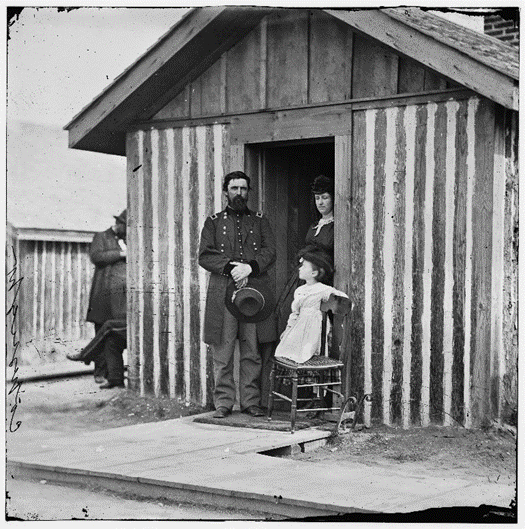
Civil War Records have a wealth of information for genealogists, but most only scratch the surface of what they can learn through them. The beginning point for any genealogist researching an ancestor in the Civil War is to obtain their muster rolls and descriptive lists. Unfortunately that’s also the point that many researchers stop, leaving much of the knowledge of their ancestors undiscovered. After locating the ancestor’s regiment and company, it is usually worthwhile to check a roster of all the men that served in that company (usually around 100 men for companies in Union regiments and slightly less for soldiers in Confederate regiments). In many cases, most of the men in a company will be from the same township or county, and often brothers, cousins, fathers and sons all served together, making it possible to discover new relatives in your family tree through studying rosters.
Regimental histories can also be a valuable resource for genealogists. The history might include a photograph of your ancestor or even an interview or recollection of their time serving. Even if not quoted directly, the history will still provide a detailed account of where their regiment went and what it did during the war which can help humanize your ancestor beyond being just a name and set of dates.
Another good source for understanding your ancestor’s life is letters and diaries from your ancestor’s regiment. While statistically there is probably a low chance of finding a hidden letter from your ancestor (though you might get lucky!), letters written by their brothers-in-arms still provide insight into their day to day life and might even have a few mentions of them as well. On the civilian side, letters written to soldiers from you ancestor’s home town paint a clear picture of what life was like for them.
Finally, Civil War pension records can help clarify relationships in families based on what dependents are claimed on the pension. This can be especially useful for soldiers who died during the war as the 1860 census didn’t record the relationships between people in a household, only their names and ages.
Online Databases and Resources

National Parks Service Soldiers and Sailors Database
The NPS Soldiers and Sailors Database is a free online database that lets you search for any soldier that served in the Union or Confederate army and navy. This database is very useful for finding the regiment a soldier served in when you only know their name, or for finding their company if you only know their name and regiment. The database also has information on where every regiment served and what battles they fought in based on Frederick Dyer’s “A Compendium of the War of the Rebellion.”
Research Arsenal
The Research Arsenal has the largest, fully searchable, online collection of Civil War letters and diaries. In addition, it also has complete ordnance returns for the Union army and a robust collection of Civil War photographs tagged with comprehensive metadata that makes it much easier for researchers to find what they’re looking for. It is one of the best sources for Civil War records related to the material culture of the war and understanding day to day army life.

State and Museum Databases
State databases vary widely in what they offer but can be a good source to check after you’ve exhausted the options above. Some state museums, like the New York State Military Museum and Veterans Research Center, offer pdfs of the unit rosters of the all the regiments representing New York, along with other resources. Other states may only have a list of the records they have, and will require a research request or travel to the state archives to access their documents. State databases may also include letters and diaries from soldiers that fought in the war. In some cases these have been digitized and are available online for free.

Archive.org
Archive.org is a free online database that has digital scans of thousands public domain books, including many regimental histories. While not fully searchable like some other databases on the list, it is still a great research for finding books and the scans are of a good quality. Beyond primary records, the archive also has numerous public domain books on Civil War history, which may be of interest to more casual researchers as well.

Library of Congress
The Library of Congress has an extensive Civil War photograph collection as well as numerous regimental histories and other documents all available to view for free. This includes a large amount of material from both the Union and Confederate armies.

Ancestry.com/Fold3
Ancestry.com and Fold3 are paid databases related to genealogy and military history. A subscription to ancestry.com has an option to bundle it with Fold3, but both services can also be subscribed to independently. Fold3 contains military records not just from the Civil War but from the Revolutionary War through the Vietnam War, including pension records and other service records.




